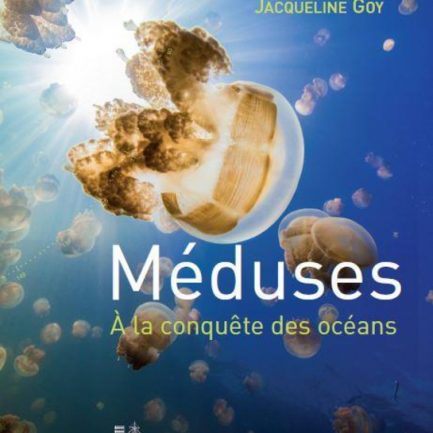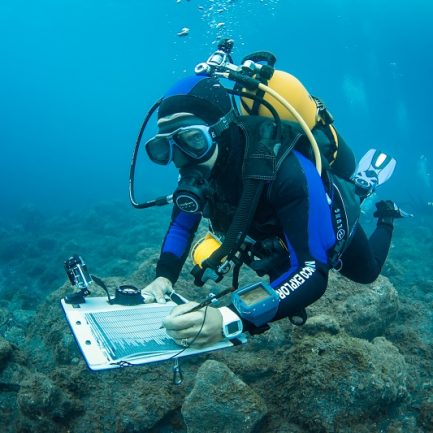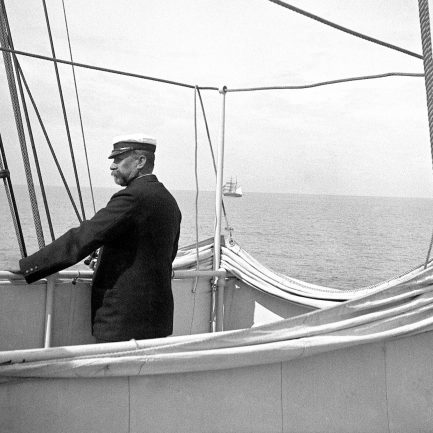The acidification of the oceans
- Home
- Actualités
- Ocean acidification
Every day, our oceans absorb a quarter of the carbon dioxide produced by humans. The result? Ocean acidification is not without consequences for certain species of marine plants and animals, as Jean-Pierre Gattuso and Lina Hansson explain.
What is ocean acidification?
Most people have heard of climate change and global warming, due to the greenhouse effect.
We also know that human activity, particularly the carbon dioxide (CO2) released by cars and industry, for example, that is the cause of it. But the acidification of the oceans remains a little-known phenomenon.
This is hardly surprising, as the extent and consequences of the problem have only come to light in the past few years. However, CO2 is once again the cause. The acidification of the oceans is indeed sometimes called “the other CO2 problem”.

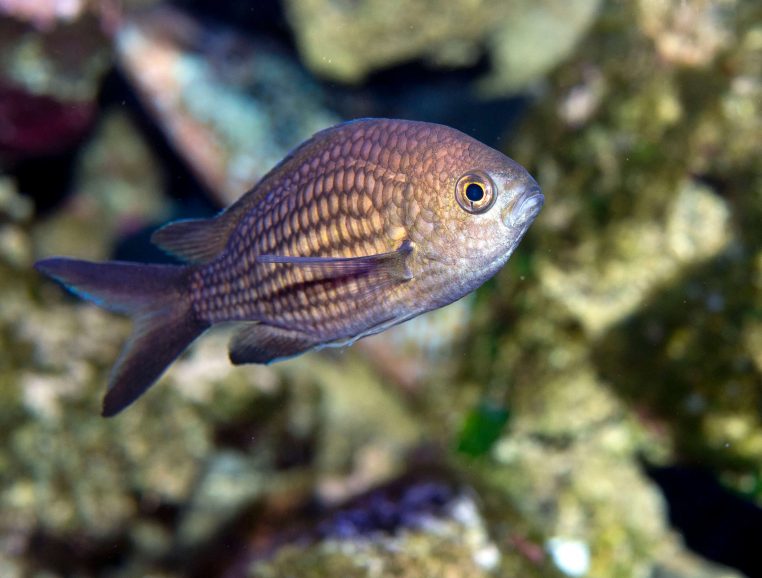
Impact on marine organisms
Not all the CO2 we produce remains in the atmosphere. Around one quarter of all CO2 emitted is absorbed by the oceans. When it dissolves in water, it causes an increase in protons (H+ ions) and a reduction in certain molecules, carbonate ions (CO32-), which many marine organisms need in order to build their skeleton or shell (coral, mussels, oysters, etc.).
These plants and animals are therefore finding it increasing difficult to develop these calcium carbonate structures. Their skeletons and shells are also at risk of dissolving. When the sea exceeds a certain acidity level, seawater becomes corrosive on calcium carbonate, the material from which skeletons and shells are made.
What can we do to limit ocean acidification?
Stopping ocean acidification completely is impossible; it will continue, whatever happens. Models show that the chemistry of seawater will remain altered for hundreds of years, but we can all do something to limit the phenomenon and thus limit its impact.
More or less realistic and desirable geo-engineering techniques have been proposed for limiting acidification (such as adding basic compounds to the oceans to counter acidification and raise the pH). However, the only solution that is proven to be effective and harmless is to address the cause, which is CO2.
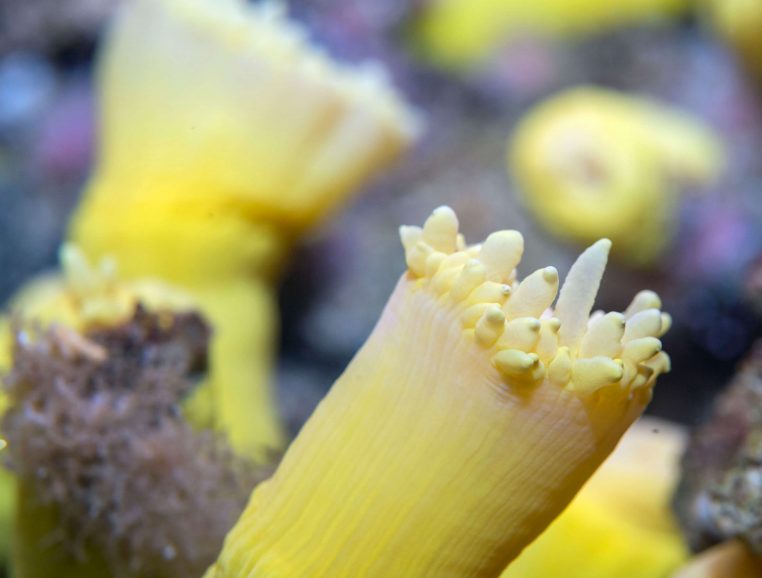
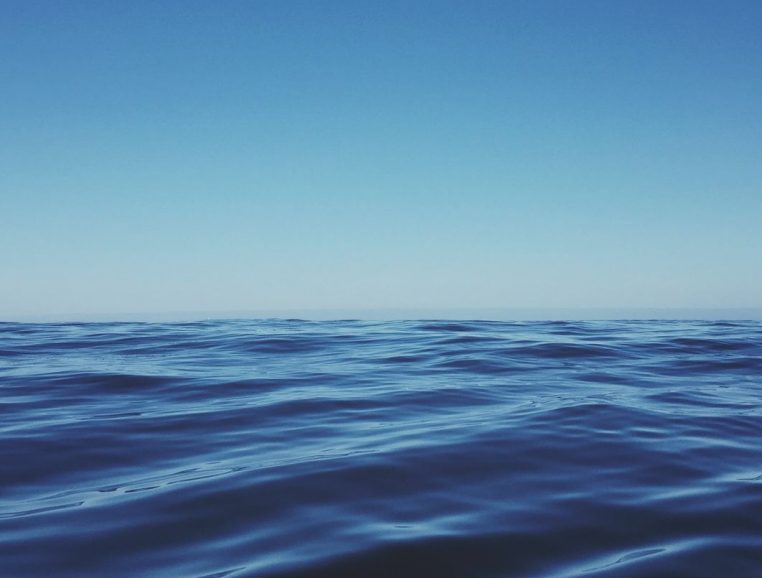
The acidification of the oceans and the Principality of Monaco
The Principality of Monaco has been particularly active in the field of acidification since the strong commitment of Prince Albert II who initiated the “Monaco Declaration”, signed in 2008 by 155 scientists from 26 countries.
The Prince Albert II of Monaco Foundation
has supported several research projects on ocean acidification. It also supports outreach activities to youth, the general public and policy makers.
The Monaco Scientific Centre
has been conducting cutting-edge research on the impact of ocean acidification on tropical corals for 20 years. Since 2010, in collaboration with the International Atomic Energy Agency, it organizes every two years a workshop on the economic impacts of ocean acidification… The International Atomic Energy Agency’s marine laboratory conducts research on the impact of ocean acidification on commercial species. In 2012, it launched a
International Co-ordination Centre on Ocean Acidification
.







